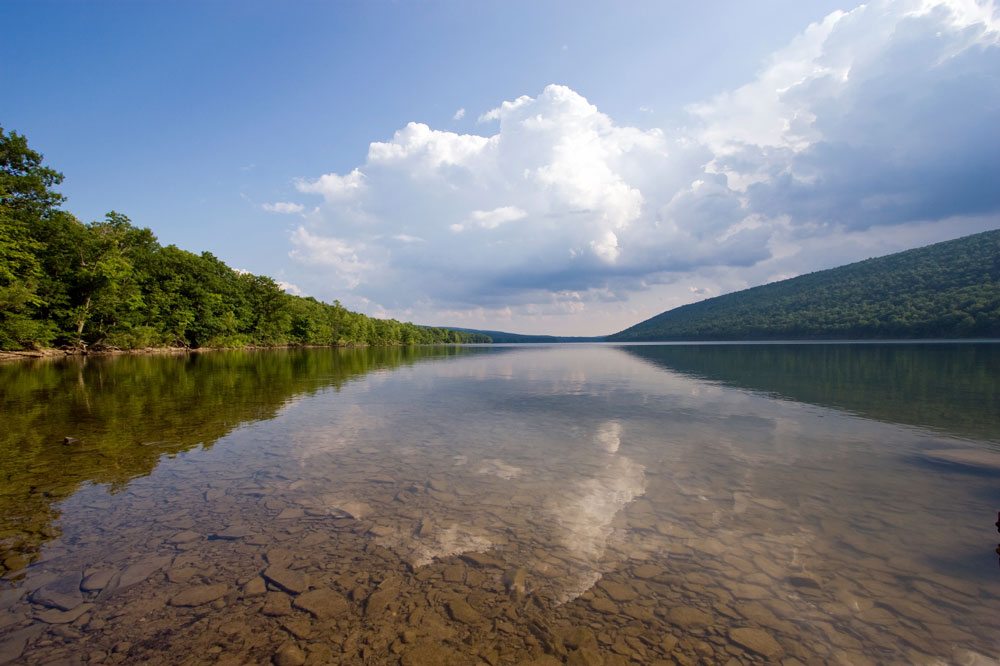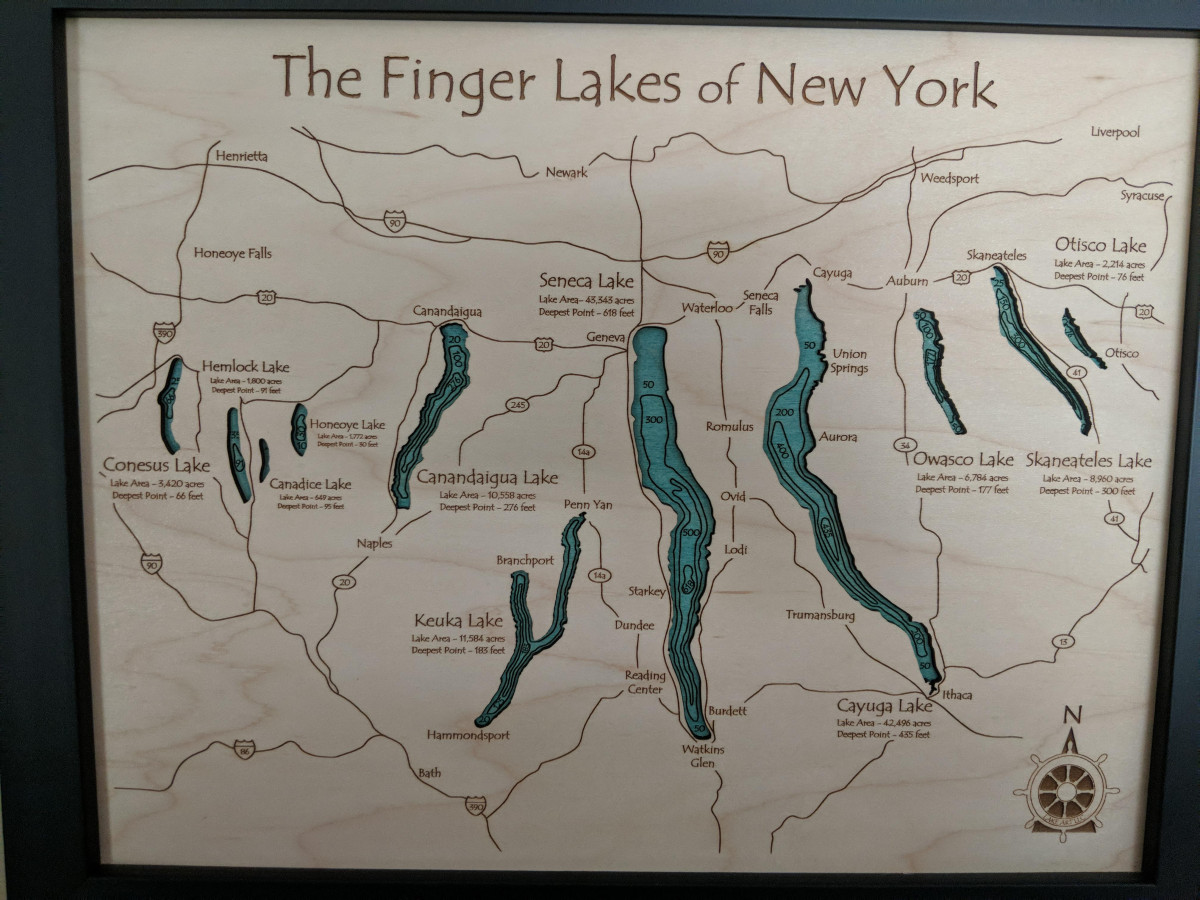While the specific purposes of construction for many Finger Lakes tunnels remain shrouded in mystery, historical records, and local folklore provide clues to their intended uses. What are the Finger Lake Tunnels?
Finger Lakes tunnels are subterranean passageways in New York’s Finger Lakes region.
- Natural or man-made
- Geological formations
- Historical significance
- Adventure destinations
- Legends and folklore
- Exploration opportunities
- Conservation efforts
- Cultural heritage
Introduction:
The Finger Lakes region of New York State is renowned for its breathtaking natural beauty, characterized by eleven long, narrow lakes carved out by glaciers during the last Ice Age. Nestled amidst rolling hills and lush forests, this picturesque region attracts visitors from far and wide seeking tranquility and adventure alike. However, beneath the surface lies a hidden world shrouded in mystery—the Finger Lakes tunnels. These enigmatic passageways wind their way through the earth, weaving tales of intrigue and fascination. While some tunnels are well-known and accessible, others remain elusive, their secrets tantalizingly out of reach.
The purpose of this post is to delve deep into the secrets and history behind Finger Lakes tunnels. From their geological origins to the legends and lore that surround them, we aim to uncover the mysteries lurking beneath the surface and shed light on these captivating underground passages. Join us on an exploration of the hidden gems of the Finger Lakes region as we embark on a journey to unravel the secrets of the tunnels below.
Finger Lakes Tunnels
Exploration and Adventure

The Finger Lakes region offers abundant opportunities for tunnel exploration, catering to both novice adventurers and seasoned spelunkers. Many tunnels are easily accessible via hiking trails or guided tours, providing visitors with the chance to experience the thrill of underground exploration firsthand.
Whether you’re interested in a leisurely stroll through a historic canal tunnel or an adrenaline-fueled expedition into the depths of a natural cave system, there’s something for everyone to discover beneath the surface of the Finger Lakes.
For the most part, access to the tunnels surrounding the Finger Lakes is private or sectioned off. Because of this, most tourists aren’t able to go inside the tunnels and don’t want to do this for safety and security reasons.
Many of the larger homes owned by affluent people have underground tunnel systems beneath them, which they can use for whoever they please. As creepy as that is, the tunnels remain fairly active, and there are endless theories surrounding their existence.
Safety Precautions and Regulations While tunnel exploration can be an exciting and rewarding experience, it’s essential to prioritize safety and respect any regulations in place to protect both visitors and the environment. Before embarking on any underground adventure, be sure to research the area thoroughly and familiarize yourself with any potential hazards or restrictions. Always bring appropriate gear such as sturdy footwear, a reliable light source, and a first-aid kit, and never venture into a tunnel alone. Additionally, be mindful of the environment and avoid disturbing delicate rock formations or wildlife habitat.
Popular Spots for Tunnel Enthusiasts For tunnel enthusiasts eager to explore the hidden wonders of the Finger Lakes region, several popular spots offer unique opportunities for underground adventure. Watkins Glen State Park is home to a series of stunning natural gorges and waterfalls, including the famous Watkins Glen Gorge Trail, which winds its way through a series of rocky tunnels and overhanging cliffs. Another must-visit destination is the Howe Caverns, located just a short drive from the Finger Lakes. This extensive limestone cave system features guided tours that take visitors deep into the heart of the earth, where they can marvel at underground rivers, towering stalactites, and otherworldly rock formations.
Additionally, the Keuka Outlet Trail offers a scenic route for hikers and cyclists to explore the historic canal tunnels and locks that once connected Keuka Lake to Seneca Lake. Whether you’re a casual visitor or a seasoned cave explorer, these popular spots provide ample opportunities to satisfy your curiosity and experience the thrill of underground exploration in the Finger Lakes region.


![Gorge and Finger Lakes Trail [CLOSED], New York - 343 Reviews, Map | AllTrails](https://images.alltrails.com/eyJidWNrZXQiOiJhc3NldHMuYWxsdHJhaWxzLmNvbSIsImtleSI6InVwbG9hZHMvcGhvdG8vaW1hZ2UvNjU2MzE2OTgvMjZkYzRkNmVkMDAyM2MzNzM3YmVkMzdmYjMyMDYyMGEuanBnIiwiZWRpdHMiOnsidG9Gb3JtYXQiOiJqcGVnIiwicmVzaXplIjp7IndpZHRoIjoxNjAsImhlaWdodCI6MTYwLCJmaXQiOiJjb3ZlciJ9LCJyb3RhdGUiOm51bGwsImpwZWciOnsidHJlbGxpc1F1YW50aXNhdGlvbiI6dHJ1ZSwib3ZlcnNob290RGVyaW5naW5nIjp0cnVlLCJvcHRpbWlzZVNjYW5zIjp0cnVlLCJxdWFudGlzYXRpb25UYWJsZSI6M319fQ==)



